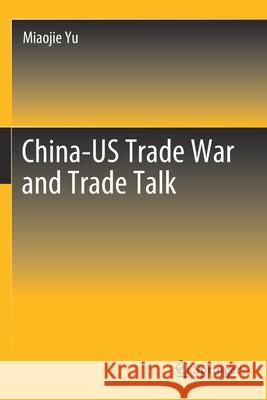China-Us Trade War and Trade Talk » książka
topmenu
China-Us Trade War and Trade Talk
ISBN-13: 9789811537875 / Angielski / Miękka / 2021 / 274 str.
China-Us Trade War and Trade Talk
ISBN-13: 9789811537875 / Angielski / Miękka / 2021 / 274 str.
cena 481,91
(netto: 458,96 VAT: 5%)
Najniższa cena z 30 dni: 462,63
(netto: 458,96 VAT: 5%)
Najniższa cena z 30 dni: 462,63
Termin realizacji zamówienia:
ok. 22 dni roboczych.
ok. 22 dni roboczych.
Darmowa dostawa!
Kategorie:
Kategorie BISAC:
Wydawca:
Springer
Język:
Angielski
ISBN-13:
9789811537875
Rok wydania:
2021
Wydanie:
2020
Ilość stron:
274
Waga:
0.41 kg
Wymiary:
23.39 x 15.6 x 1.52
Oprawa:
Miękka
Wolumenów:
01
Dodatkowe informacje:
Wydanie ilustrowane











